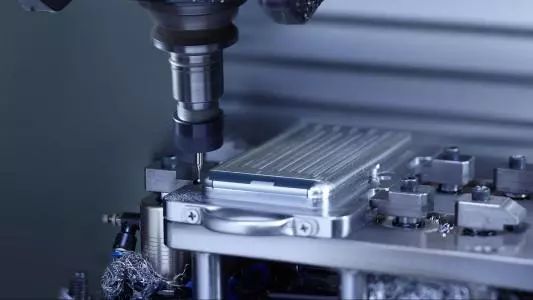- Jul 17, 2024
CNC machining, also known as numerical control machining, refers to machining performed with numerical control machining tools. Because numerical control machining is programmed and then controlled by a computer, CNC machining service has the advantages of stable machining quality, high machining accuracy, high repeatability, the ability to process complex surfaces, and high machining efficiency. In the actual machining process, human factors and operating experience will largely affect the final machining quality.
一. How to divide the CNC machining process?
1. The centralized tool sorting method is to divide the process according to the tools used, and use the same tool to CNC machine all the parts that can be completed on the parts. Then use the second and third tools to complete the other parts that they can complete. This can reduce the number of tool changes, compress idle time, and reduce unnecessary positioning errors.
2. For parts with a lot of CNC machining content, the machining parts can be divided into several parts according to their structural characteristics, such as internal shape, external shape, curved surface or plane. Generally, planes and positioning surfaces are machined first, and then holes; simple geometric shapes are machined first, and then complex geometric shapes; parts with lower precision are machined first, and then parts with higher precision requirements.
3. For parts that are prone to deformation due to rough machining, they need to be calibrated due to the deformation that may occur after rough machining. Therefore, generally speaking, the processes for rough machining and fine machining must be separated. In summary, when dividing the processes, it is necessary to flexibly grasp the structure and processability of the parts, the function of the machine tool, the amount of CNC machining content of the parts, the number of installations and the production organization of the unit. It is also recommended to adopt the principle of process concentration or the principle of process dispersion, which should be determined according to the actual situation, but it must be reasonable.
二. What principles should be followed in the arrangement of CNC machining sequence?
The arrangement of the machining sequence should be based on the structure and blank condition of the parts, as well as the need for positioning and clamping. The focus is that the rigidity of the workpiece is not destroyed. The sequence should generally be carried out according to the following principles:
1. The CNC machining of the previous process cannot affect the positioning and clamping of the next process, and the general machine tool processing process in the middle should also be considered comprehensively.
2. First carry out the inner shape and inner cavity processing process, and then the outer shape processing process.
3. It is best to connect the processes of CNC processing with the same positioning, clamping method or the same tool to reduce the number of repeated positioning, tool changes and platen movements.
4. For multiple processes in the same installation, the process that causes less damage to the rigidity of the workpiece should be arranged first.
三. What aspects should be paid attention to when determining the clamping method of the workpiece?
The following three points should be paid attention to when determining the positioning reference and clamping scheme:
1. Strive to unify the reference of design, process, and programming calculation.
2. Minimize the number of clamping times and try to ensure that all surfaces to be processed can be CNC processed after one positioning.
3. Avoid using manual adjustment schemes that occupy the machine.
4. The fixture should be open, and its positioning and clamping mechanism should not affect the tool movement in CNC processing (such as collision). When encountering such a situation, it can be clamped by using a vise or adding a bottom plate to extract screws.
Tool monitoring The quality of the tool determines the machining quality of the workpiece to a large extent. During the automatic machining and cutting process, the normal wear and abnormal damage of the tool should be judged through methods such as sound monitoring, cutting time control, pause inspection during cutting, and workpiece surface analysis. The tool should be handled in time according to the processing requirements to prevent machining quality problems caused by the tool not being handled in time.


